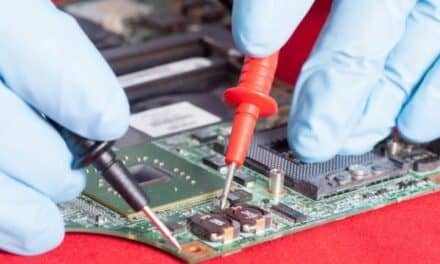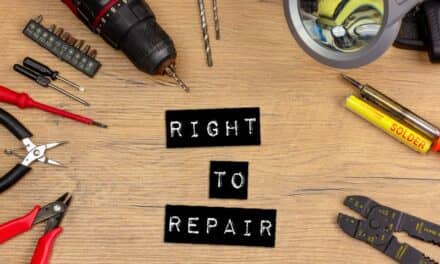
Unfortunately, there is no solution to this problem that is both obvious and easy to implement. A recent email to several noted industry figures and me from a biomedical engineer underscored that reality. In it, he asked, “How can we ensure for The Joint Commission that imaging and laser equipment (and any other new equipment) is being serviced according to manufacturer’s recommendations, when the manufacturer may not be forthcoming in their provision of recommended maintenance procedures or the frequency they have recommended?”
My correspondent noted that the way “things are framing up,” the only option for documented service may be “that of the OEM providing all maintenance via contracts.” The example he gave was fairly stark. A multimillion-dollar system his hospital owns can only be serviced via a six-figure annual maintenance contract from the OEM because the OEM “refused to provide us with any technical or maintenance documentation.” His employer, he added ruefully, had not taken the opportunity to require the documentation as a condition of the purchase.
My correspondent included a copy of a page from the 2012 edition of NFPA-99 Health Care Facilities Code, which states that manufacturers of medical equipment “shall furnish documents” to healthcare facilities that provide, among other things, “preventive and corrective maintenance and repair procedures.”
But perhaps aware that, as Matt Baretich told 24×7 readers in our June cover story, OEM compliance with NFPA-99 is strictly voluntary, he offered another possibility. “Wouldn’t it be nice,” he asked, “if the FDA’s CDRH could provide national regulations stipulating that all device OEMs must provide users (at some price, of course) with the maintenance documentation as required by the NFPA-99 code?”
Another recipient of this reader’s email responded by noting that the FDA’s directions for use regulation for “prescription” medical devices (21CFR 801.109) states that device labeling must include “information for use, including indications, effects, routes, methods, and frequency and duration of administration, and any relevant hazards, contraindications, side effects, and precautions.”
It might be possible, he said, to interpret this language as covering maintenance. However, FDA has not chosen to do so. Perhaps the agency “could be convinced that, to the extent that maintenance is necessary for safety, the required maintenance is part of necessary labeling.” This wouldn’t even involve new regulations, he added. The agency could simply reinterpret the existing regulation through a guidance document.
There is some precedent for this regulatory approach. As CMS itself has said, the FDA already “requires manufacturers to provide a schedule of maintenance and adequate instructions for service adjustments and service procedures to purchasers and, at cost, to any other parties requesting them.”
The only question might be how effectively such regulations are enforced. In another email, from the president of an independent service organization (ISO), I was informed that regulations or not, “most laser manufacturers do not cooperate with ISOs or even the end user” when it comes to documentation.
Perhaps the lesson here is that regulations only work when there is a culture that agrees with and supports the principles behind those regulations. For meaningful change in this area, healthcare providers should not pin their hopes on regulators. Rather, they should work to change the cultural expectations of the healthcare system, for both providers and manufacturers. Only then can the right to repair become a reality. 24×7
John Bethune is editorial director of 24×7. Contact him at [email protected].




